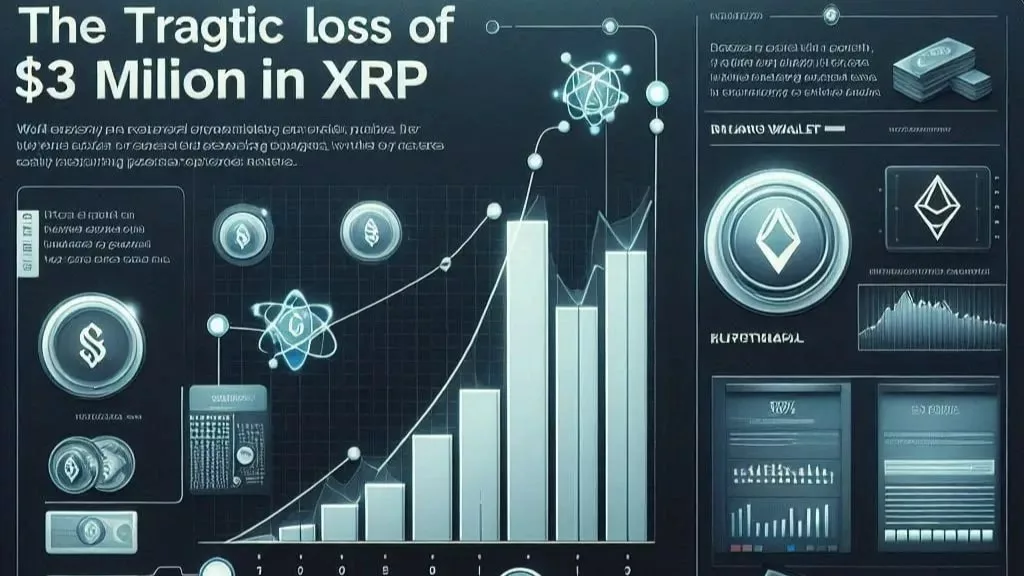A shocking story is circulating in the crypto community, highlighting the dangers of wallet confusion and digital asset security. A U.S. investor recently lost 1.2 million XRP, valued at approximately $3.05 million, from what they believed was a secure cold wallet. The incident, documented in a viral YouTube video, has sparked concern among XRP holders and broader cryptocurrency users.
How the Theft Happened
The attack took place on October 12, 2025, when the perpetrator executed more than 120 Ripple-to-Tron swaps using a service called Bridgers, formerly known as SWFT. These transactions appeared on blockchain explorers as Binance-linked, since Bridgers utilizes the exchange’s liquidity pools.
Within three days, by October 15, the stolen XRP had been fully laundered through over-the-counter networks linked to Huione, a notorious illicit marketplace operating in Southeast Asia. Huione has been implicated in laundering billions of dollars through online scams, human trafficking, and large-scale crypto fraud. U.S. authorities recently imposed further restrictions on the platform after seizing $15 billion connected to the Prince Group, intensifying efforts to curb illegal crypto activity.
Wallet Confusion: How a Mistake Cost Millions
The most striking aspect of this loss is that it wasn’t the result of a sophisticated hack. The victim mistakenly believed they were using an Ellipal cold wallet, which stores cryptocurrencies offline, protecting them from online attacks. In reality, the wallet was a hot wallet connected to the internet, making it vulnerable to theft.
Wallet confusion is more common than many investors realize. Many crypto providers offer both custodial and non-custodial wallets under the same brand, leading to misunderstandings about security and storage. This case is a cautionary tale about always verifying whether funds are truly offline or connected to online networks.
Additionally, impersonation scams are a growing concern. Victims are often tricked into transferring coins into fraudulent wallets or support accounts after being contacted by individuals posing as representatives from legitimate crypto platforms.
Challenges in Law Enforcement and Recovery
Recovering stolen crypto often proves difficult, as this case demonstrates. The victim struggled to engage U.S. law enforcement, which lacks sufficient resources and expertise to investigate complex, cross-border crypto crimes efficiently. While countries such as the U.S., Netherlands, Singapore, and France have more responsive crypto crime units, results are highly dependent on individual investigators. Civil recovery efforts, particularly across international borders, tend to be costly and slow.
The XRP community itself lacks centralized support channels for theft reporting, unlike ecosystems such as Bitcoin, Ethereum, and Solana, which have robust public networks for victims to report losses and seek guidance. This fragmentation makes it harder for victims to find assistance and track stolen assets.
Lessons for Crypto Investors
This incident serves as a stark warning for all cryptocurrency users. Key takeaways include:
-
Double-check wallet types: Ensure that funds are stored in true cold wallets for long-term security.
-
Be aware of impersonation scams: Never transfer crypto to unknown accounts, even if they appear official.
-
Track transactions carefully: Use blockchain explorers to monitor fund movements.
-
Understand law enforcement limitations: Recovery may be challenging and slow, requiring proactive precautions.
Investors must remain vigilant, especially in a fast-growing and sometimes fragmented crypto ecosystem. While blockchain transparency helps trace stolen funds, prevention through proper security measures remains the best defense.
Post Views: 39



